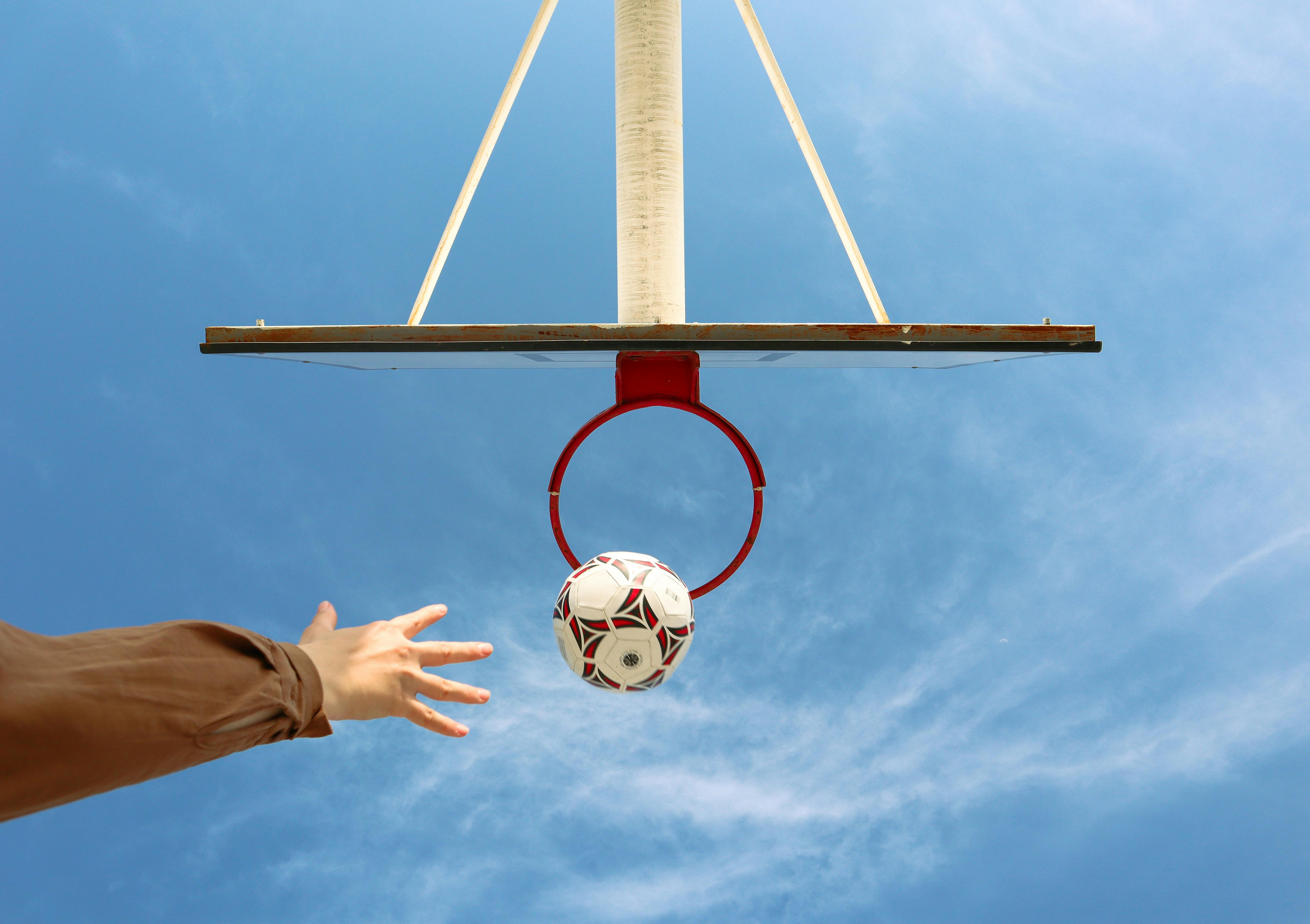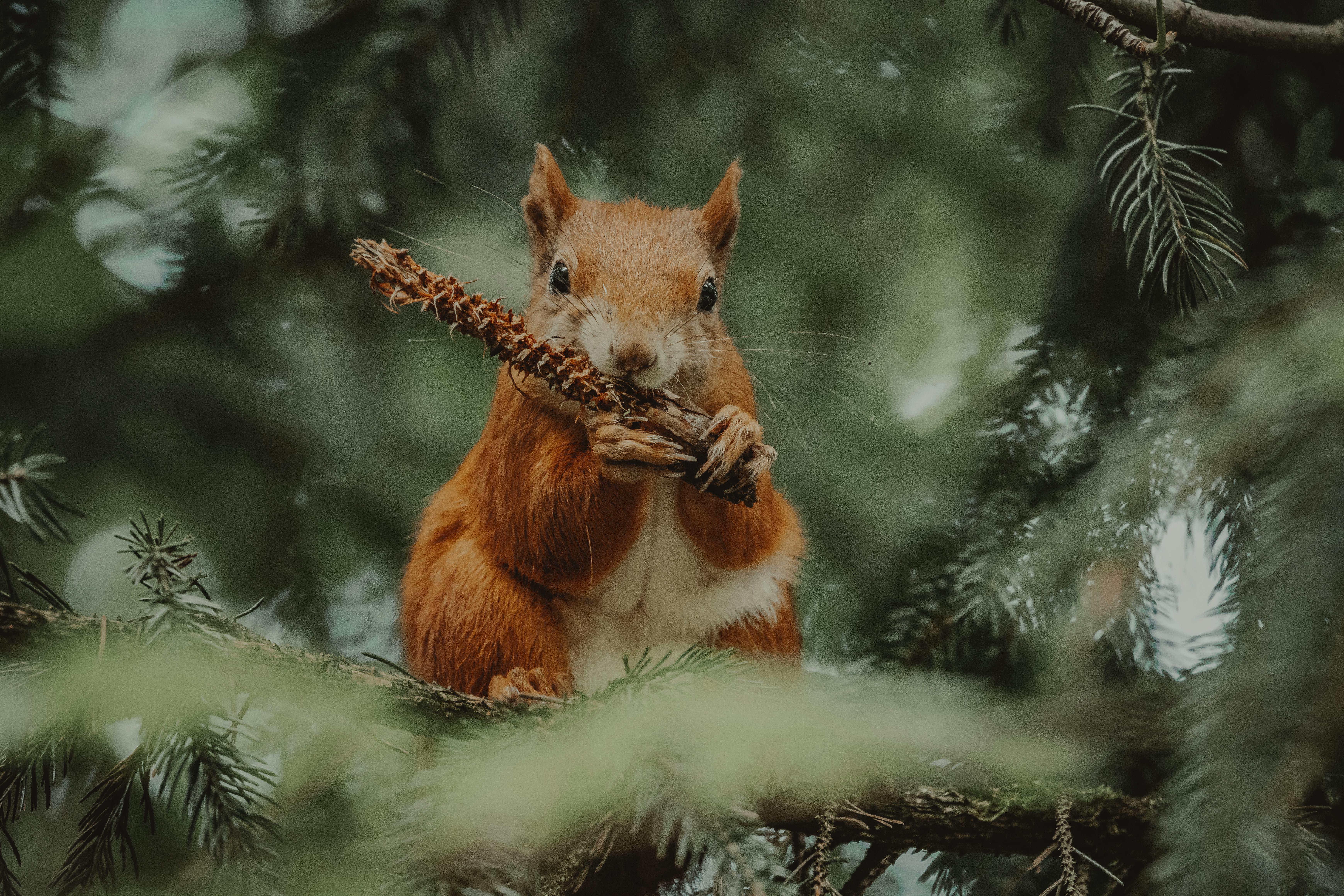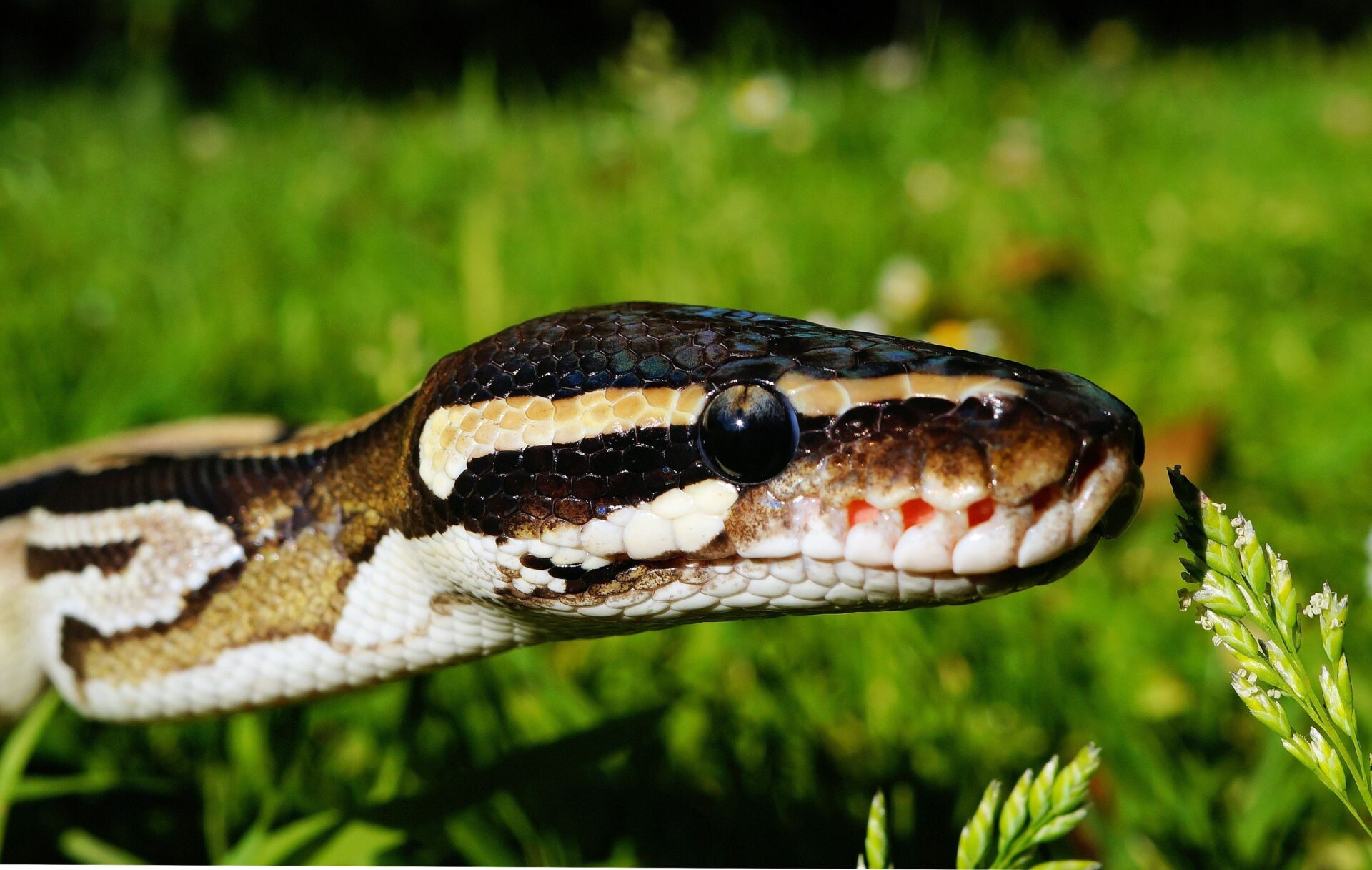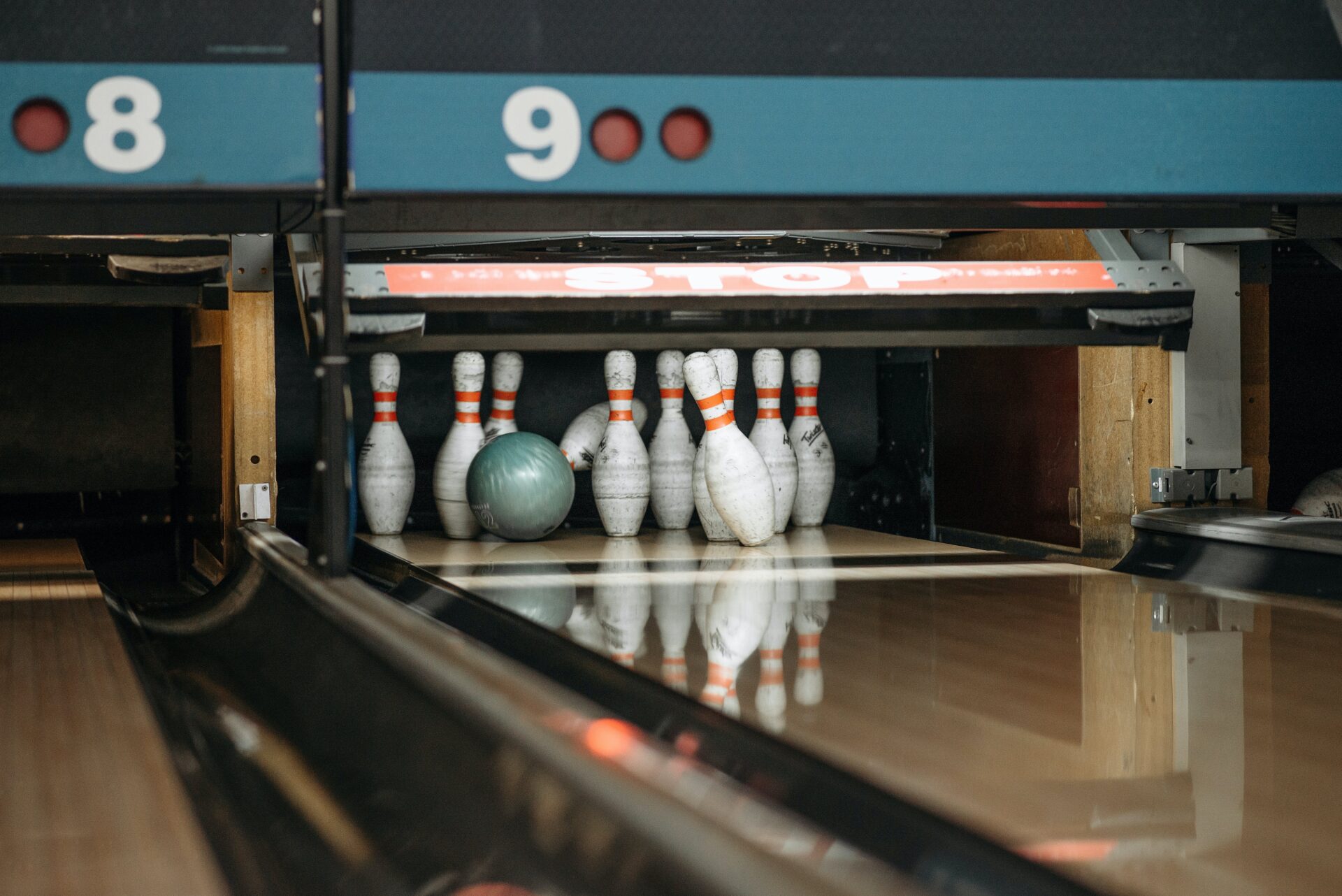Ball pythons are one of the most popular kinds of pet snakes. They are relatively low-maintenance, but one important aspect of caring for a ball python is knowing how often to feed them. It is important to understand the feeding habits of live/” title=”How Long Do Ball Pythons Live”>ball pythons in order to provide them with the best care possible. This article will explain the recommended feeding frequency for ball pythons and other key information about their diet.It is recommended that adult ball pythons should be fed once every 7 – 10 days. Juvenile ball pythons should be fed small meals 2 – 3 times per week.
What Are the Nutritional Requirements of a Ball Python?
Ball pythons require a specific diet to remain healthy and grow properly. The most important nutritional requirements for a ball python include proteins, vitamins, minerals, and water. A balanced diet should include prey items that are nutritionally appropriate for the species.
Proteins are essential for growth and maintenance of muscle mass. In the wild, ball pythons feed on small mammals such as mice, rats, and birds. Prey items in captivity should be similar in size to those found in the wild. Feeding too large prey can cause injury or even death due to impaction of the prey item in the snake’s digestive tract.
Vitamins and minerals are necessary for many biological functions in reptiles including digestion, metabolism, calcium absorption and utilization, muscle growth, energy production, and immune system health. Vitamins can be supplied either through food or by supplementation with multivitamins specifically designed for reptiles.
Water is essential for digestion and kidney health in all reptiles. Ball pythons should have access to fresh water at all times as well as a water bowl large enough for them to soak completely if desired. Soaking helps them stay hydrated and keeps their skin healthy as well as aiding digestion.
A properly balanced diet is important for any reptile species but especially so with snakes since deficiencies can lead to health issues that may not be easily reversed if left untreated. Consulting with a veterinarian that specializes in reptile care is highly recommended when creating an appropriate diet plan for your ball python.
What Are the Best Foods for a Ball Python?
Ball pythons are a popular pet snake species, due to their relatively small size and docile nature. As such, they require specialized care and nutrition. Knowing what foods are best for them is an important part of being a responsible pet owner.
When it comes to feeding your ball python, you want to provide them with a menu that is both nutritious and varied. A diet consisting of live prey items like mice and rats is most ideal. Live prey items offer not only nutrition but also provide the necessary stimulation for natural hunting behaviors. Frozen prey items such as pre-killed mice and rats can be offered as an alternative, although live prey items are generally recommended.
In addition to live or frozen prey items, you can also feed your ball python a variety of fresh vegetables such as dark leafy greens like kale or dandelion greens, carrots, squash, green beans, and bell peppers. Fruits should also be offered in moderation – apples, melons, blueberries, strawberries – just make sure that they are cut into small pieces so that your ball python can easily consume them.
It’s important to remember that ball pythons should only be fed 1-2 times per week; overfeeding can cause health complications such as obesity or even regurgitation of food items. It’s also important to ensure that all food items are defrosted before being offered; defrosting will help prevent any bacteria from growing on the food item prior to consumption.
Finally, it’s important to monitor how much your ball python is eating each week; if they seem to be losing weight or not eating at all then it may be time to seek out veterinary advice for further assessment and treatment options.
How Much Food Should I Feed My Ball Python?
Feeding your ball python the right amount of food is essential for its health and wellbeing. It is important to figure out the right amount of food to give your ball python so it can remain healthy and active. The amount of food you feed your ball python should depend on the size, age, and activity level of the snake.
Generally, young ball pythons should be fed once or twice a week while adult ball pythons should be fed once every 7-10 days. The size of the prey should be appropriate for the size of the snake; it should not be larger than about 1/3 of its body length. For example, a 4-foot long ball python would need prey that is no longer than 1 foot long. The prey should also not be too small as this can lead to choking or digestive issues.
It is also important to monitor your snake’s weight regularly and adjust accordingly; if your snake is gaining too much weight then feed it less often or feed smaller meals. If your snake is too thin, then increase the frequency or size of its meals. In any case, make sure that you are feeding it fresh food and not expired or spoiled food as this can lead to health issues.
Overall, making sure that you are feeding your ball python enough but not too much food will help keep it healthy and active for years to come.
What Size of Food Should I Feed My Ball Python?
When it comes to feeding your ball python, there are a few things to keep in mind. The size of the food you provide is an important factor in ensuring your snake’s health and wellbeing. Ball pythons will eat a variety of different prey items, from mice and rats to frogs and birds, so you may need to adjust the size of the food accordingly. As they grow, their dietary needs will change, so it’s important to provide them with food that is appropriate for their age and size.
The size of prey that your ball python eats will depend on its age and size. When they are young, you should feed them smaller prey items such as pinky mice or small frogs. As they grow, you can increase the size of the prey items accordingly – larger adult snakes can handle larger prey such as rats or quail. It’s important to make sure that whatever prey item you choose is not too large for your snake to swallow or digest comfortably.
It’s also important to remember that baby ball pythons may need more frequent feedings than adult snakes. This is because they are growing rapidly and need more nutrients than an adult snake would. If you have a baby ball python, it’s best to feed them every five days or so in order to ensure they get enough nutrition. Adult snakes should be fed every seven days or so – this will help keep them in good health and prevent any digestive issues from arising.
When choosing what size food to feed your ball python, it’s best to err on the side of caution and go for smaller items first before gradually working up in size as they grow older and bigger themselves. Feeding them too large of a prey item can cause serious health problems such as impaction or even death if not handled properly. By providing them with small but nutritious meals on a regular basis, you can ensure that your pet stays happy and healthy for many years to come!

How to Monitor Your Ball Python’s Eating Habits
Monitoring your ball python’s eating habits is an important part of being a good owner. By keeping track of your pet’s eating frequency, you can ensure that they are getting the nutrition they need to stay healthy. There are several methods you can use to help you monitor your ball python’s eating habits.
One way is to keep a log of when and how much your pet eats. This will give you an idea of the frequency and quantity of meals that your pet consumes. You can also make observations about their behavior when they do eat; for example, if they appear to be having difficulty swallowing their food or if they seem to be struggling with digestion.
Another way to monitor your ball python’s eating habits is by keeping a watchful eye on how much weight they gain or lose over time. This will give you an idea of whether or not they are getting enough nutrition from their meals. If you notice any sudden changes in weight, it could be a sign that something is wrong and should be addressed immediately.
Keeping track of the temperature and humidity levels in your pet’s enclosure is also important when it comes to monitoring their eating habits. Ball pythons tend to eat more readily in warm, humid environments, so making sure these conditions are maintained is essential for encouraging appetite. If these levels are too low, your pet may become less interested in eating, which could lead to health problems down the line if not addressed quickly.
Finally, observing how much energy your ball python has throughout the day can help you gauge their overall health and nutrition levels. If your pet appears lethargic or uninterested in activities that it usually enjoys, this could mean that it isn’t getting enough food or nutrients from its diet. It is important to take note of such changes in behavior so that you can take action if necessary.
By monitoring these factors regularly, you will be able to ensure that your ball python eats enough and stays healthy for many years to come!
Feeding Time With Your Ball Python
Feeding time with your ball python can be an exciting and rewarding experience for everyone involved. The key to successful feeding is to be patient and consistent. It is important to understand that ball pythons can have different dietary needs, so it is important to research which type of food is best for your pet. Here are some tips for handling feeding time with your ball python:
1. Make sure the food is appropriately sized for your snake – food that is too large can cause choking or regurgitation, while food that is too small may not provide enough nutrients.
2. Schedule regular meal times – try to feed your snake at the same time every day to ensure that they are getting the nutrition they need.
3. Offer live prey – live prey such as mice or rats can help make feeding more natural and interesting for your snake.
4. Monitor your snake’s weight – it is important to keep track of how much food your snake consumes over time in order to ensure they are getting the proper nutrition.
5. Be patient and consistent – some snakes may take some time to adjust to eating a regular diet, so it’s important not to give up if they don’t eat right away.
By following these tips, you can ensure that feeding time with your ball python will be a positive experience for both you and your pet.
Signs That Your Ball Python Is Not Eating Properly
When it comes to owning a pet, there are certain responsibilities that come with it. One of the most important is making sure your pet is eating properly. Ball pythons, in particular, can be tricky when it comes to feeding as they are picky eaters and may refuse food from time to time. If you notice any of the following signs that your ball python isn’t eating properly, it’s important to take action quickly.
The first sign that your ball python is not eating properly is if you haven’t seen it eat anything in a while. Ball pythons can go weeks or even months without eating, but if you haven’t seen your pet eat anything for an extended period of time then there may be an underlying issue.
Another sign that your ball python is not eating properly is if its weight has been fluctuating significantly. If you notice that your pet has been losing weight rapidly or gaining weight unusually quickly, this could be a sign that something is wrong with its diet.
If you notice any changes in your ball python’s behavior or appearance, this could also be a sign that it’s not getting the proper nutrition. For example, if its movements seem sluggish or its eyes appear dull and lackluster then this means something isn’t right with its diet. Additionally, if you see any discoloration on its skin or scales then this could also indicate a nutritional deficiency.
Finally, if you notice any strange lumps or bumps on your ball python’s body then this could also mean that it isn’t getting the proper nutrition and should be taken to the vet right away.
If you are noticing any of these signs that your ball python is not eating properly, it’s important to take action immediately as serious health complications can occur if left unchecked. Taking your pet to the vet and providing it with the proper nutrition will ensure that it stays healthy and happy for many years to come!

Conclusion
Ball pythons are an incredibly popular pet, and for good reason. They’re friendly, easy to handle, and don’t require too much in terms of care or housing. When it comes to feeding your ball python, frequency is just as important as the type of food you provide. Generally, you’ll want to feed your snake once every 1-2 weeks depending on age and size. Hatchlings should be fed more often than adults, while hatchlings should only be fed once every 5-7 days. Additionally, it’s important to monitor the size of prey relative to your snake’s body size to avoid overfeeding.
Feeding your ball python correctly is essential in order for them to grow and thrive. Make sure you’re aware of their age and size when deciding how often to feed them and use prey that’s appropriate for their body size. With proper care and nutrition, your ball python will live a long and healthy life.




